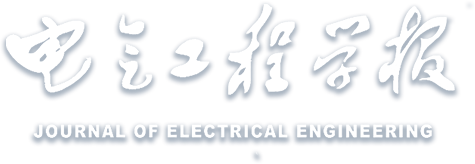Abstract:
With the ‘carbon peak’ and ‘carbon neutrality’ goals proposed, the power system based on renewable resources has received extensive attention, and the wind-PV-ES(Energy storage) microgrid is the typical scenario. The piecewise linear life loss model is established by studying the life loss characteristics of batteries. Combined with the role of energy storage technology in improving the wind and solar power consumption and reducing carbon emissions, the economic effect of battery on the microgrid is added to the wind-PV-ES microgrid scenarios. Regarding the interaction cost of the grid, wind and solar abandonment cost, shaving load cost, carbon emissions cost, and battery life loss cost as the objective function, the day-ahead scheduling model of entire wind-PV-ES microgrid is linearized. The case is used to analyze that the introduction of batteries can effectively increase the battery life and improve the economy of the microgrid by regulating the charging and discharging actions of batteries.


 下载:
下载: